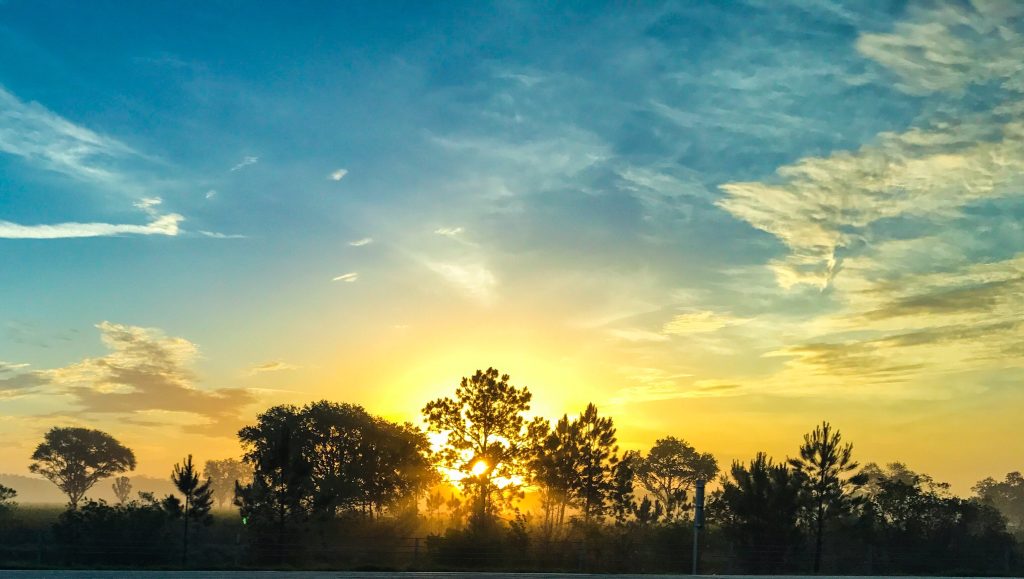

Not all cravings are created equal. The urge for cake passes. The craving for heroin can feel like drowning. One is a whisper. The other is a scream with teeth.
When the brain is dysregulated, when trauma has left deep tracks in your nervous system, a craving can become a full-body emergency. It hijacks memory, overwhelms thought, and drowns reason.
We must stop trivializing this.
Telling someone in early recovery to “just ride it out” without tools is like telling a drowning person to “just breathe.”
The Science of Craving: Fire in the Wires
Cravings: The Brain’s False Alarms
Cravings aren’t just thoughts—they’re biochemical storms. When you’re hit with one, your brain isn’t asking—it’s demanding. And behind that demand is a tangled web of neural circuitry, dopamine, memory, emotion, and stress. But what if we could slow it down—name it, frame it, and survive it?
Section 1: Dopamine and Desire
Cravings ride on the rails of dopamine, the brain’s reward chemical. But dopamine isn’t pleasure—it’s anticipation. It’s the “go get it” neurochemical that surges when your brain senses something familiar and desirable. In addiction, that system becomes hijacked. The sight of a bottle, a street corner, a phone call, even a song can light up the reward center like a Christmas tree.
Scientific Detail:
The mesolimbic pathway, especially the ventral tegmental area (VTA) and nucleus accumbens, flood with dopamine when cues trigger craving. This process is strengthened through cue-induced sensitization—the brain becomes hypersensitive to triggers, and the craving gets louder with repetition, not weaker.
Section 2: The Hijacked Brain
Addiction trains the brain to prioritize the substance over survival. In a craving, the prefrontal cortex (your reasoning center) is offline or overwhelmed. The amygdala, the brain’s emotional fire alarm, screams, “We need this to feel okay.” It doesn’t care that you’ve been clean 6 months. It just remembers what worked once to stop the pain.
Stress makes it worse. Cortisol amplifies cravings by increasing dopamine sensitivity and reducing impulse control. The result? A full-body siren that tells you using is relief—even when that’s a lie.
Clinical translation: Cravings are not about willpower. They are conditioned, stress-fueled neurological loops. Treating them means building new circuits—not just gritting your teeth.
“You Can’t Reason with a Fire Alarm”
When a craving hits, it doesn’t knock. It kicks the door in.
And just like a fire alarm, it doesn’t care if there’s really a fire—only that it thinks something dangerous is happening.
This is what it can feel like:
- A pounding in your chest
- A buzzing in your skin
- A voice in your head saying “Do it. Just do it. One won’t matter.”
- The memory of relief rushing in like a promise
- The ability to care about consequences? Gone. Shut off like a light.
Cravings aren’t logical. They’re survival wiring gone haywire.
That’s not weakness. That’s the body trying to save itself the only way it used to know how.
The mistake isn’t feeling it. The mistake is believing it.
RECLAIMING POWER: A CALL TO ACTION
You don’t fight a craving by arguing with it.
You outlast it. You name it. You wait it out.
A craving is a wave, not a prophecy.
And no matter how high it swells—it breaks. Always.
Here’s how to take your power back:
Name the Craving
“This is my brain firing old circuits. I’m not broken—I’m rewiring.”
Interrupt the Loop
Change your body. Stand up. Breathe through your nose. Splash cold water on your face. Get present in your body.
Talk It Out (Not In)
Call someone. Say out loud: “I’m craving. And I don’t want to act on it.”
Words are grounding. Cravings live in silence.
Wait 20 Minutes
Research shows that most cravings peak and pass in under 30 minutes. Set a timer. Move through it like a boxer in a round—breathe, guard up, stay standing.
Reclaim the Win
You didn’t “just not use.” You re-trained your brain. That’s no small thing. That’s neuroplasticity in real time.
Final Reframe:
“This craving is not a command. It’s an echo.
And I don’t live in that old house anymore.”




